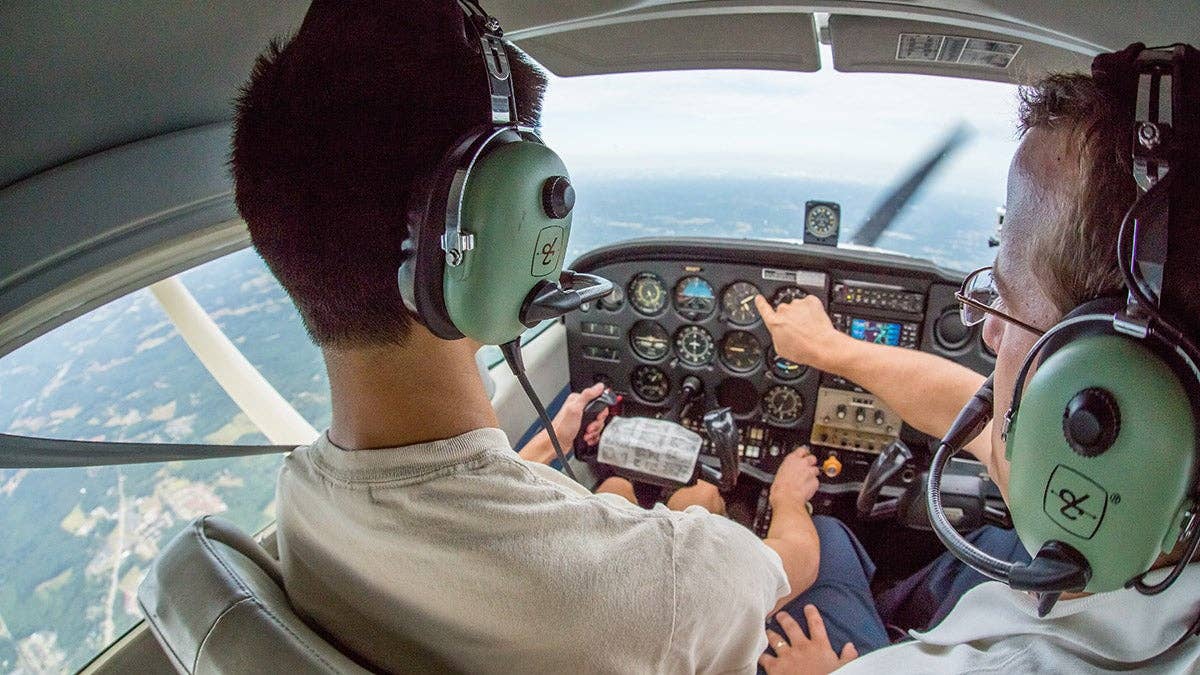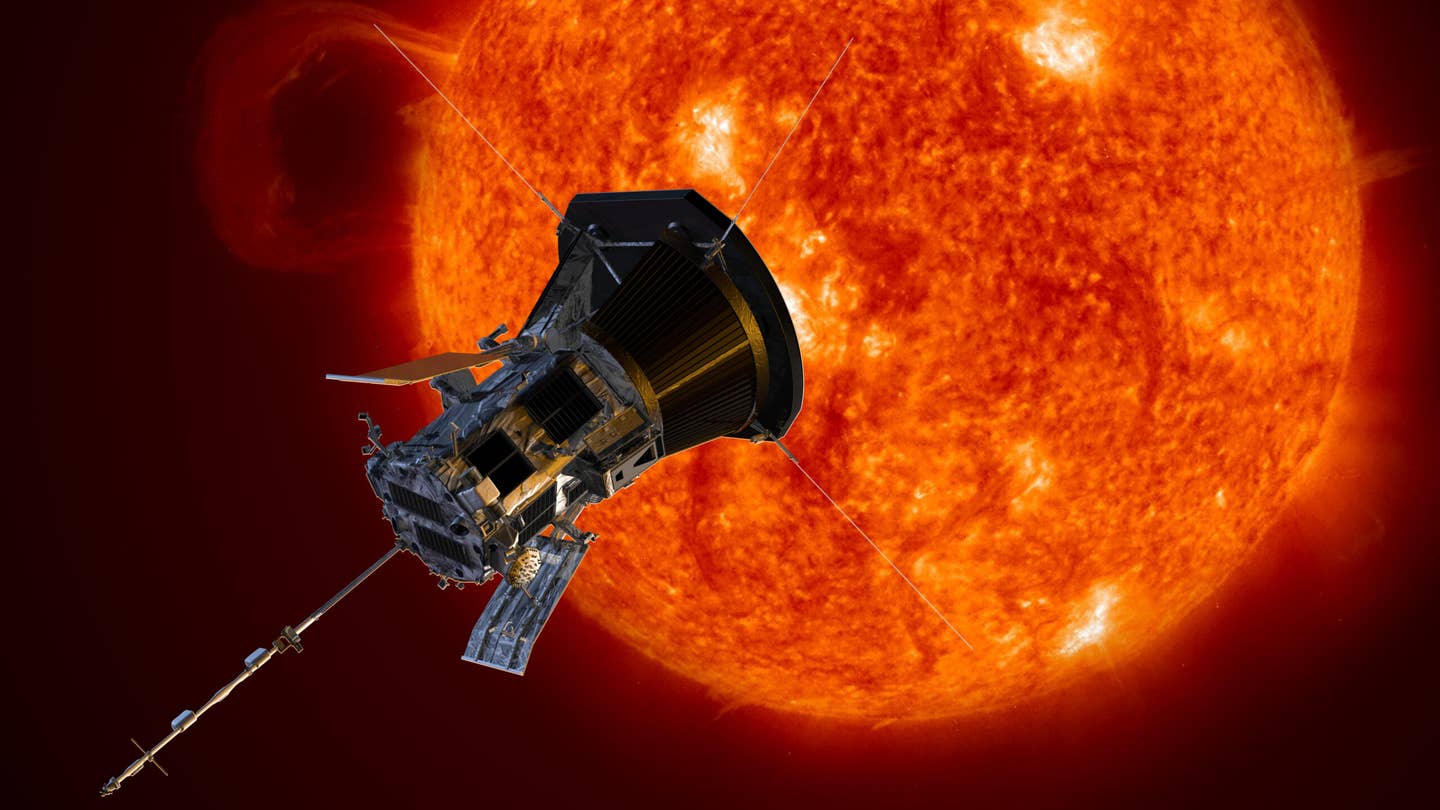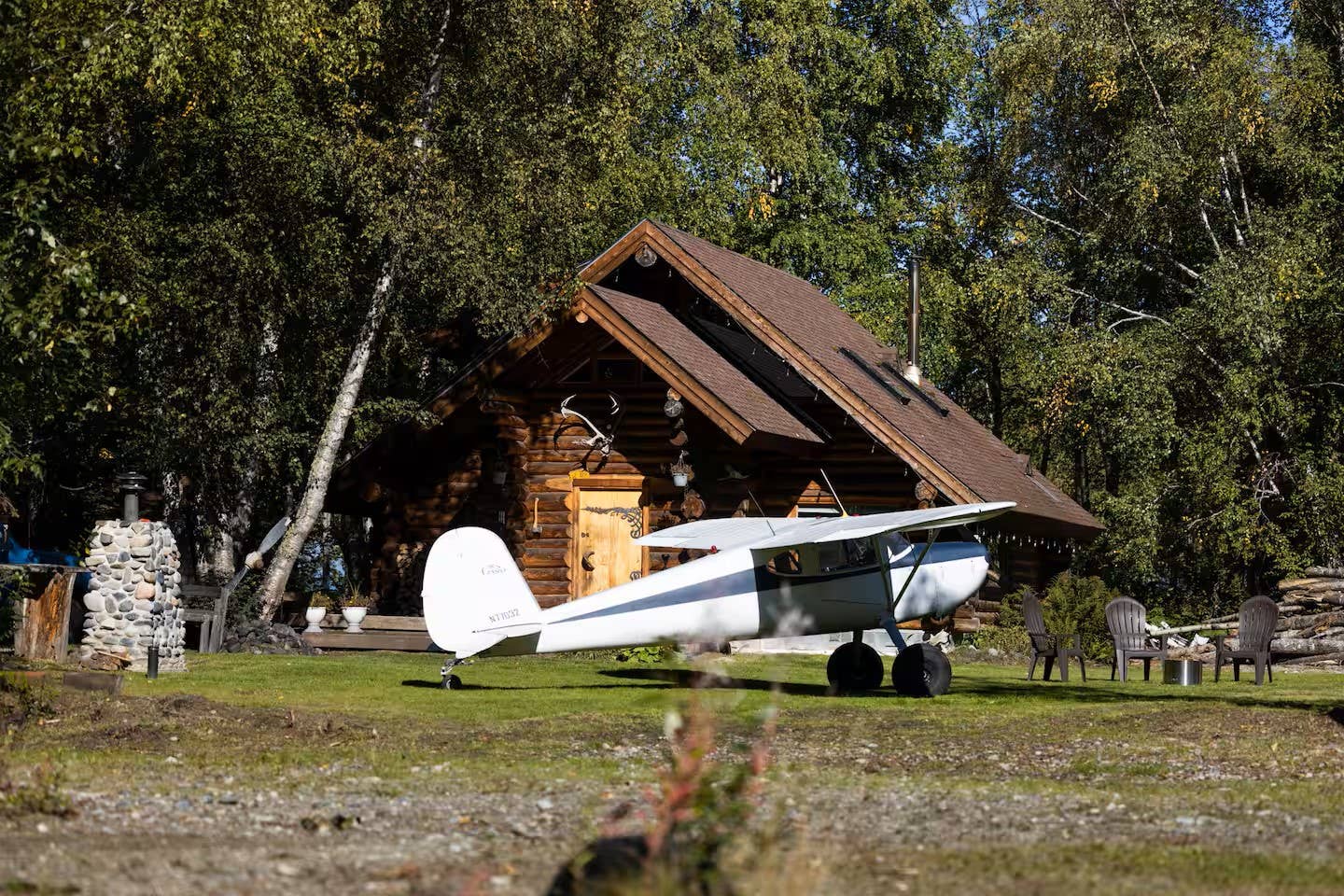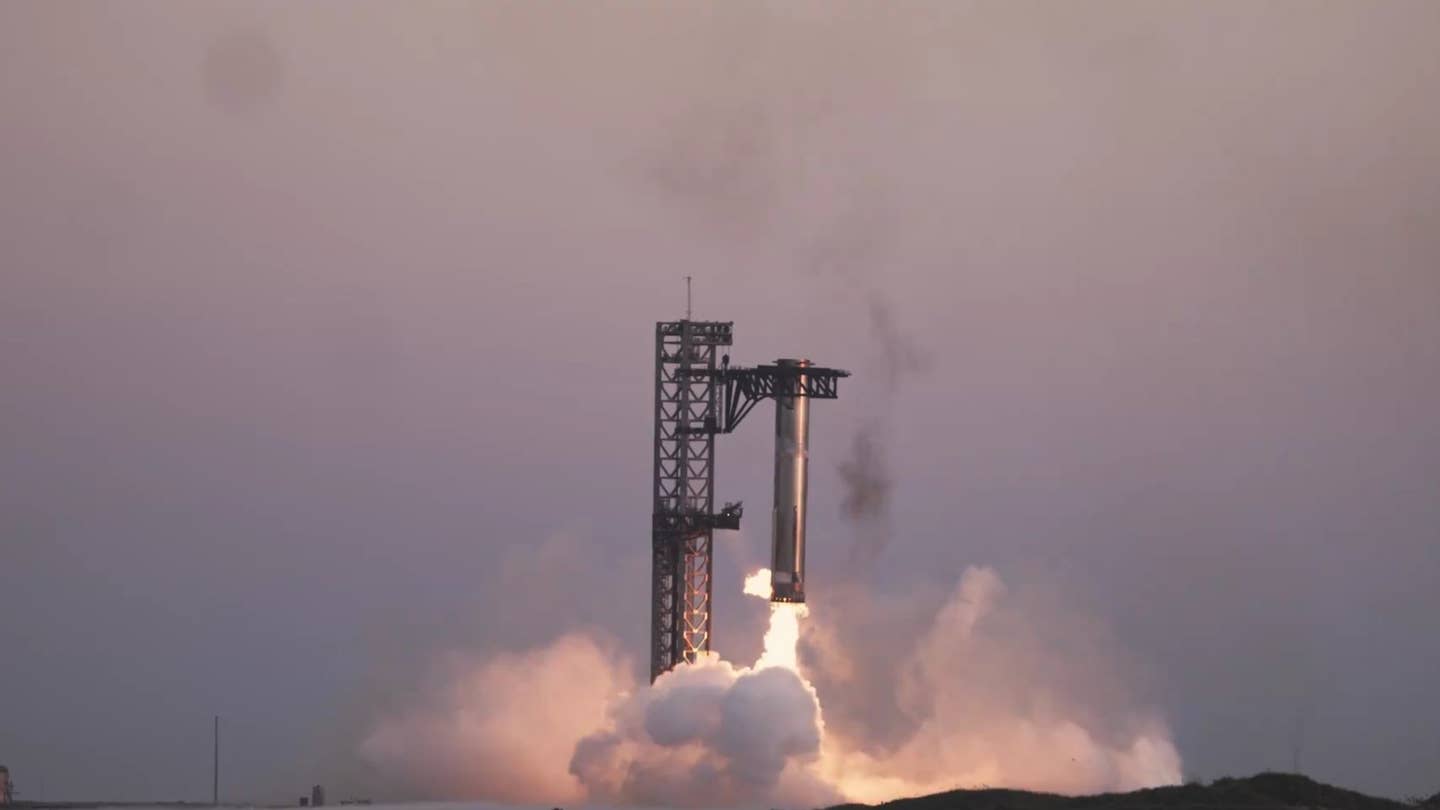Aloft Unveils Tool Aimed at Clarifying FAA, Local Drone Operation Rules
The new geospatial management tool will provide drone operators with FAA and local air and ground space advisories, the company said.

Last year alone, the FAA received 1,633 reports of drones flying unauthorized in U.S. airspace. [File photo: Adobe Stock]
Drone operators—and pilots of traditional aircraft seeking understanding—who are searching for details regarding local regulations as well as FAA airspace guidelines for unmanned aerial vehicles (UAVs) have a new geospatial management tool option to help them keep flights in check.
Aloft Technologies unveiled its new Geo Portal on Wednesday, saying it tackles an information gap for drone users and local authorities.
“We’re connecting the dots between drone operators, local governments, and comprehensive rules of operations to the largest and most active drone flight data network," Jon Hegranes, Aloft CEO and founder, said in a statement.
"As it exists today, there’s a major information awareness gap in the industry and for drone pilots everywhere that makes compliance elusive. Aloft aims to solve this problem as this is a missing piece for [Unmanned Aircraft System Traffic Management] UTM systems across the globe.”
The tool emerges as drone activity in the U.S. is surging, with an anticipated boom of new activity expected in the decade ahead. More drones means new national airspace complications. Wayward drones pose a potential hazard to traditional aircraft, and in a few years, light electric air taxis (eVTOLs) are expected to enter the picture. Last year alone, the FAA received 1,633 reports of drones flying unauthorized in U.S. airspace, and that metric is expected to increase.
"Too often the rules are simply not presented to drone pilots broadly enough and rely on posted signs that can be easily missed," Aloft said. "An authoritative data set that covers all air and ground requirements is a necessity for all drone flight, and fundamental to the future of drone delivery and air taxi use cases."
According to the company, portal users upload and manage airspace and ground space advisories to the system. Once those advisories are authenticated, they publish to the Aloft data network, which includes all web and mobile apps and B4UFLY, the FAA app powered by Aloft, that allows drone operators to check airspace advisories prior to flight.
The free portal, which is now accepting submissions, may be found here.

Sign-up for newsletters & special offers!
Get the latest FLYING stories & special offers delivered directly to your inbox






